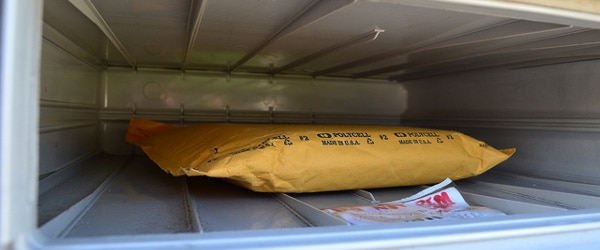Plasmids—the loops of DNA in bacteria that form the original foundation of biotechnology—were being discovered constantly in the 1940s and 1950s. The only problem was, they were called everything but. Series of scientists found bacteriophages and other strange loops of somatic DNA, and gave them a series of names, including: pangenes, bioblasts, plasmagenes, plastogenes, choncriogenes, cytogenes, proviruses, and episomes. It wasn’t until 1952, in a paper in Physiological Reviews, that geneticist Joshua Lederberg coined the term “plasmid” to cover “any extrachromosomal hereditary element,” as he put it.
The problem scientists were then facing was how bacteria acquired antibiotic resistance, and how phages and other DNA structures outside of chromosomes were managing to pass on traits to offspring. In the 1930s, scientists used the name “plasmagenes” to describe genetic material in cytoplasm (and not the nucleus) that passed on genes. Unfortunately, the plasmagene discovery led some geneticists (especially in the Soviet Union) to conclude that acquired traits were being inherited in a Lamarckian fashion. However, in the 1940s, Lederberg found that bacteria were passing on genetic information through parental genes; they just didn’t know where all the genes were. Since bacteria lack a cell nucleus, this made isolating the source of genetic material particularly difficult.
What we didn’t know
It’s important to remember that the structure and function of DNA wasn’t laid out until 1953. So, in 1951, the year when Joshua’s wife, Esther Lederberg, discovered the bacteriophage lambda in E. coli and the year Joshua published his review paper, they didn’t have the advantage of knowing what DNA looked like and how it worked.
Once it was established that DNA was the only genetic material, however, scientists established that plasmids were made of DNA and passed on traits. In 1961, Robert Sinsheimer reported in the Journal of Molecular Biology that a bacteriophage called phi-X was made of DNA, and was a circular, double-stranded DNA molecule. Meanwhile, electron microscope studies of phages and plasmids (by whatever name) illustrated the now-familiar circular structure of these extra-chromosomal genetic strips.
Enjoying this article? Get hard-won lab wisdom like this delivered to your inbox 3x a week.

Join over 65,000 fellow researchers saving time, reducing stress, and seeing their experiments succeed. Unsubscribe anytime.
Next issue goes out tomorrow; don’t miss it.
Enter Biotech
Plasmids were the first instruments in genetic engineering. Once it was discovered that restriction enzymes could cleave a precise, predictable location and splice in genes from another organism, the ability to rapidly produce in vivo proteins (read; drugs) was born.
And, from plasmids to cosmids to yeast cells to embryonic stem cells, biotechnology’s been madly replicating ever since!
References
Plasmids: History of a Concept. https://hismicro.yale.edu/history1.htm
The Joshua Lederberg Papers https://profiles.nlm.nih.gov/ps/retrieve/Narrative/BB/p-nid/159
Lederberg, J. (1952). Cell genetics and hereditary symbiosis. Physiological Reviews, 32, 403-430.
You made it to the end—nice work! If you’re the kind of scientist who likes figuring things out without wasting half a day on trial and error, you’ll love our newsletter. Get 3 quick reads a week, packed with hard-won lab wisdom. Join FREE here.







